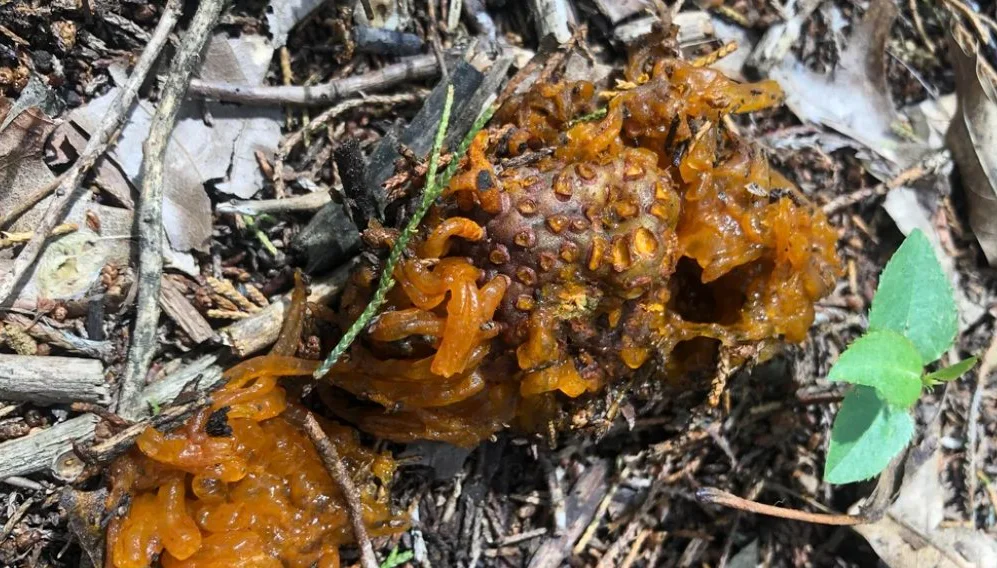
Owning a garden and caring for your plants requires an understanding of potential issues that may arise. If you come across a mysterious substance known as the “jelly nut” in your garden, here’s what you need to know.
Recently, a Redditor from Oklahoma discovered an odd sight in his garden, bright “yellow goo” on his trees and a peculiar object he described as a “gelatinous alien nut”. Unsure of what it was, he turned to the Reddit community for assistance, mentioning that the affected tree was a conifer, though he couldn’t identify it further.
Almost immediately, another user identified the problem as “cedar and apple rust”. This disease depends on two host plants to complete its life cycle, primarily affecting apple and crabapple trees.

The symptoms vary depending on the type of tree. On junipers, a brown gall forms on twigs and produces orange, gelatinous horns in the spring, particularly during wet weather. Although the twig beyond the gall may die, the damage to the juniper is minimal.
For apple and crabapple trees, yellow circular spots appear on the leaves soon after flowering. By late summer, brown clusters of cylindrical structures develop underneath the leaf spots, on twigs, or even fruit.
Galls from the infection can take several months to develop, appearing around seven months after infection begins. After 18 months, they evolve into gelatinous masses. In the spring, these galls develop depressions resembling golf balls, which give rise to telial horns that elongate and turn bright orange during rainy periods. After releasing spores, these horns collapse and dry up, although the galls can remain attached to the tree for another year.

Management of this infection can include pruning the affected areas or simply allowing it to run its course since it typically doesn’t kill trees but may cause some disfigurement. Preventive measures, such as fungicides or planting resistant apple varieties, can also help.
Overall, while cedar and apple rust isn’t a severe threat to your trees, being informed about it allows you to take the right steps if it appears in your garden. Share this information with others so they can be prepared too!
3 Breathtaking Stories About People Who Learned the Truth at Their Relatives’ Graves

Visiting a loved one’s grave sometimes brings a sense of closure, but for these three individuals, it unearthed shocking truths. From hidden identities to staged deaths, these breathtaking stories reveal how life-altering secrets can surface in the most unexpected places.
Grief can shatter hearts, but it can also uncover startling revelations. In this compilation, a mother finds her daughter-in-law’s grave beside her son’s, a single dad meets a man claiming to be his children’s real father, and a woman discovers an eerie note on her son’s grave.
Prepare to be captivated.

A woman standing in a graveyard | Source: Midjourney
Old Woman Brought Son’s Favorite Pastry to His Grave & Found Note Saying ‘Thank You’ upon Her Return
For 23 years, I never missed this date. Not once.
Every year, I baked Henry’s favorite apple and cinnamon pie and brought it to his grave. It’s a simple pie, nothing fancy, but it was his favorite since he was little.
The scent of apples and cinnamon always brought him running to the kitchen, his eyes wide with excitement, asking, “Is it ready yet, Mom?”
I could still hear his voice as if he were right there with me.

A woman sitting in her house | Source: Midjourney
Henry was only 17 when he passed away. Too young, far too young.
The accident stole him from me, and the pain of that day never truly left. Time didn’t heal all wounds, but this little ritual gave me a sense of closeness to him. It was like he was still part of my life in some way.
This morning, I carefully baked the pie just as I always had. Then, I left for the cemetery, as I had done for over two decades.
When I reached Henry’s grave, the sight of his resting place made my heart ache.

A graveyard | Source: Midjourney
I kept it neat and covered with fresh flowers. The gravestone was smooth now, worn from years of tracing my fingers over his name.
I knelt down and gently placed the pie on the stone, just as I always did.
“Hi, sweetheart,” I whispered, my voice catching. “I hope you’re at peace. I brought your favorite pie again. Remember how we used to bake it together? You always sneaked a taste before it was done.”

A woman looking at the sky | Source: Midjourney
A small, bittersweet smile crept onto my face, even as tears pricked my eyes. “I wish we could bake it together one more time, Henry,” I said softly.
The familiar sorrow bubbled up, but I pushed through it, just like I always had. I kissed my fingertips and touched the gravestone gently.
“I love you, sweetheart.”
As I turned to leave, my heart felt heavy, yet comforted.

A back-view shot of a woman leaving a graveyard | Source: Midjourney
The next day, as part of my routine, I went back to the cemetery to collect the pie dish. Usually, it was untouched or spoiled by the weather.
But this time, the pie wasn’t there.
Instead, there was a note — a single piece of paper with two words written on it.
Thank You.
I stared at the note in disbelief, my heart racing.
“Who would take Henry’s pie?” I muttered, clutching the paper in my hands. Anger and confusion swirled inside me. That pie wasn’t meant for anyone else. It was for Henry. How could someone just take it?

An older woman looking straight ahead | Source: Midjourney
It felt like a violation. Like someone had stolen a part of my grief — at that point, I knew I wasn’t going to let this slide.
I needed to know who had taken the pie and why they thought they had the right to touch it.
That night, I baked another pie.
This time, I had a plan.
The next day, I brought it back to Henry’s grave and left it in the same spot. But I didn’t leave. I hid behind a large oak tree nearby, my eyes fixed on the grave, determined to catch the person responsible.
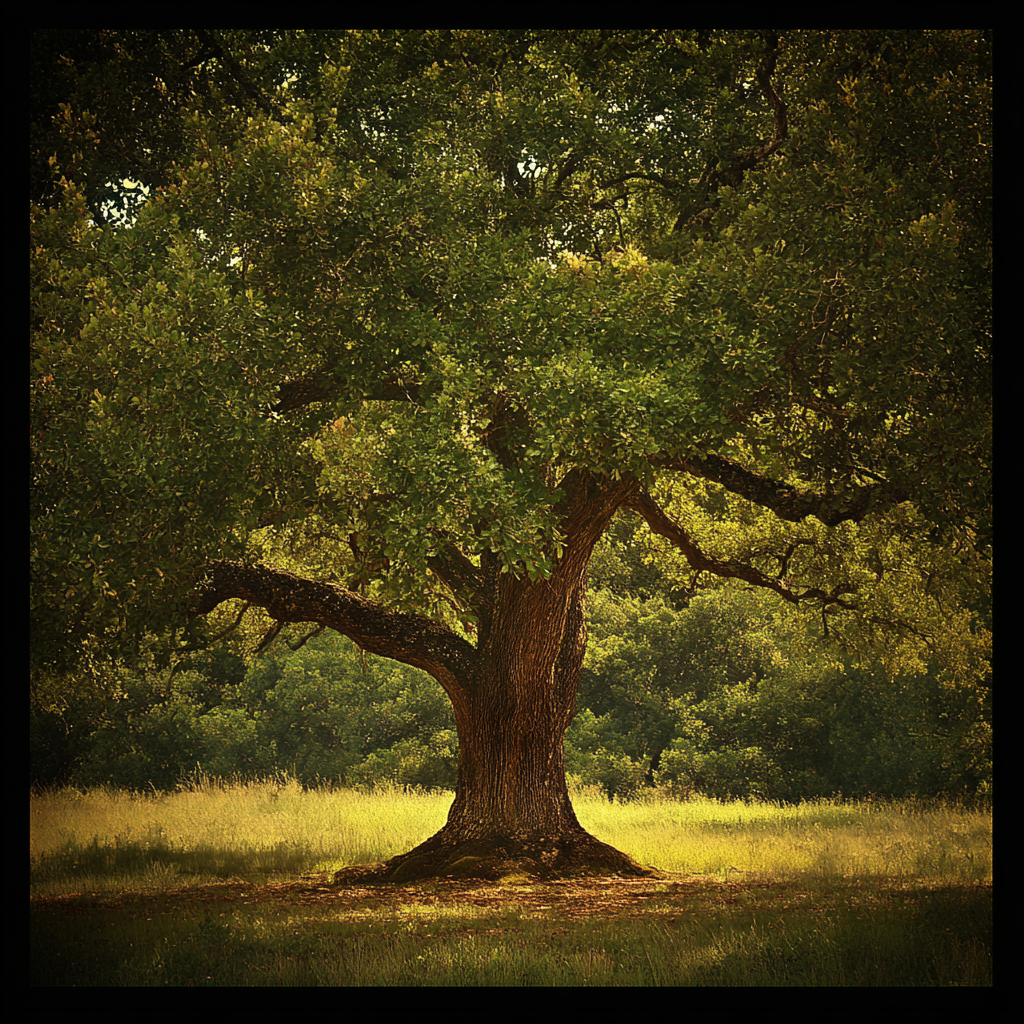
A large tree | Source: Midjourney
Time crawled by, and the chilly breeze didn’t help. I wrapped my coat tighter around myself, feeling a strange mix of anticipation and nervousness.
Just as I began to think no one would show, I spotted movement. A small figure cautiously approached the grave.
I leaned forward, squinting to see better. It wasn’t the greedy thief I had imagined. No, this was something entirely different.
It was a boy, no older than 9, dressed in clothes that were too thin for the cold weather.

A young boy | Source: Midjourney
I watched as he pulled out a piece of paper and scribbled something on it. Then, with trembling hands, he carefully placed the note on the gravestone. He hesitated for a moment, glancing around again, before reaching for the pie.
That was when I stepped out from behind the tree. The sound of leaves crunching under my feet made him freeze.
“I’m sorry! I’m really sorry!” he cried, dropping the pie in his panic. It rolled onto the grass, the crust breaking slightly. “I didn’t mean to steal it. I was just so hungry! Please don’t be mad!”
The anger I had felt melted away instantly.

An older woman smiling | Source: Midjourney
He was so small, so scared. His face was pale, and he looked like he hadn’t had a decent meal in days. I walked toward him slowly, kneeling to his level.
“It’s alright,” I said softly, trying to calm him. “I’m not mad. What’s your name, sweetheart?”
“Jimmy,” he muttered, avoiding my gaze.
“Jimmy,” I repeated, offering him a gentle smile. “It’s okay. You don’t have to steal pies, honey. If you’re hungry, all you have to do is ask. Where are your parents?”
His eyes filled with tears as he shook his head, his small shoulders trembling. I realized then that he had no one, no home to go to.
My heart broke for him.
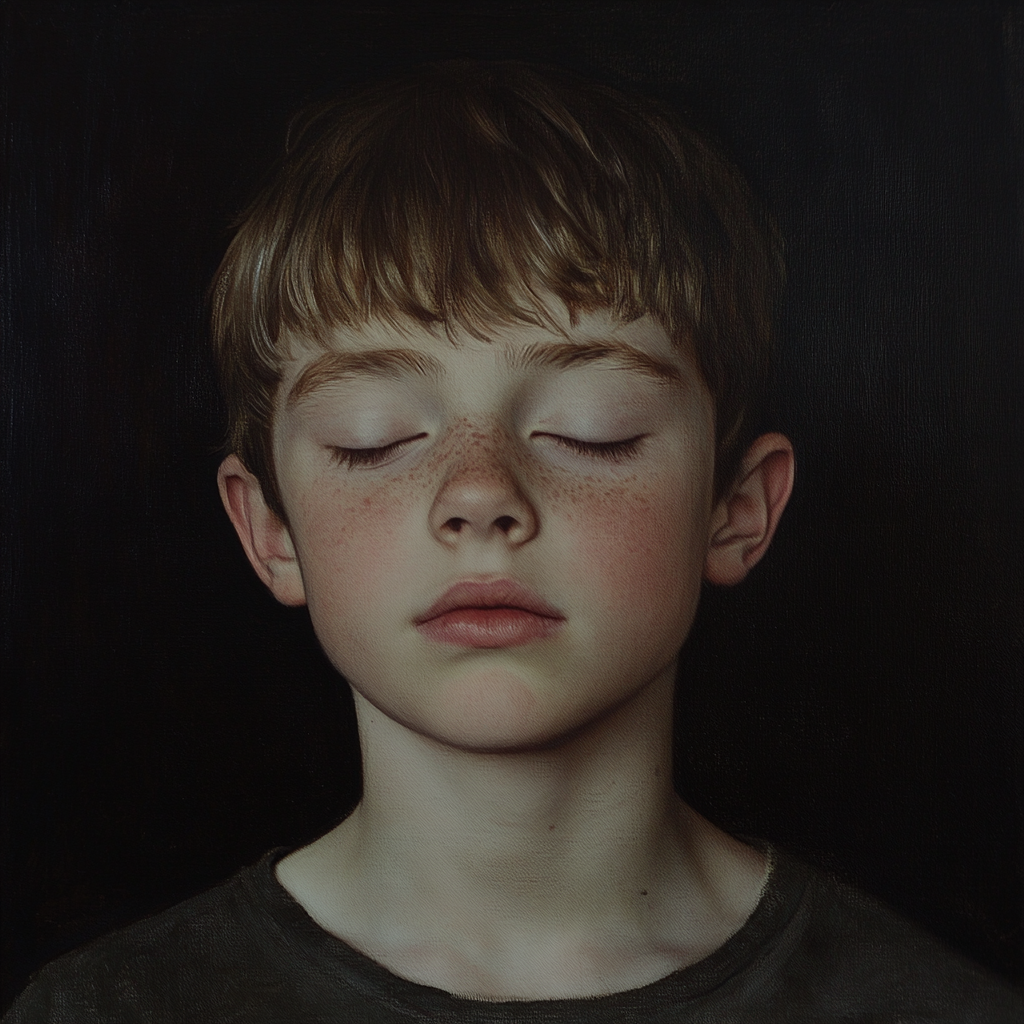
A little boy | Source: Midjourney
“I didn’t mean to steal,” he said, wiping his tears with the back of his hand. “I… I don’t get to eat much. That pie was the best thing I’ve ever had.”
“Oh, sweetheart,” I said softly, brushing a stray hair from his face. “You must’ve been so hungry. Come with me, Jimmy. I’ll bake another pie just for you.”
He hesitated, his eyes darting around as if expecting someone to jump out and scold him. But when he saw the kindness in my expression, he nodded.
“Okay,” he whispered.
We walked back to my house together, his small hand clutching mine tightly.

Boy holding a woman’s hand | Source: Freepik
Once we got home, I set to work immediately.
“You can sit at the table, Jimmy,” I told him as I gathered the ingredients. “This won’t take long.”
He sat quietly, his eyes wide as he watched me mix the flour and spices. The scent of apples and cinnamon filled the air, and for a moment, I felt a pang of nostalgia.
It was just like the times I baked for Henry, except now, I was baking for a boy who needed it just as much.
When the pie was ready, I set it in front of Jimmy, still warm from the oven.
“Here you go,” I said with a smile. “This one’s all yours.”
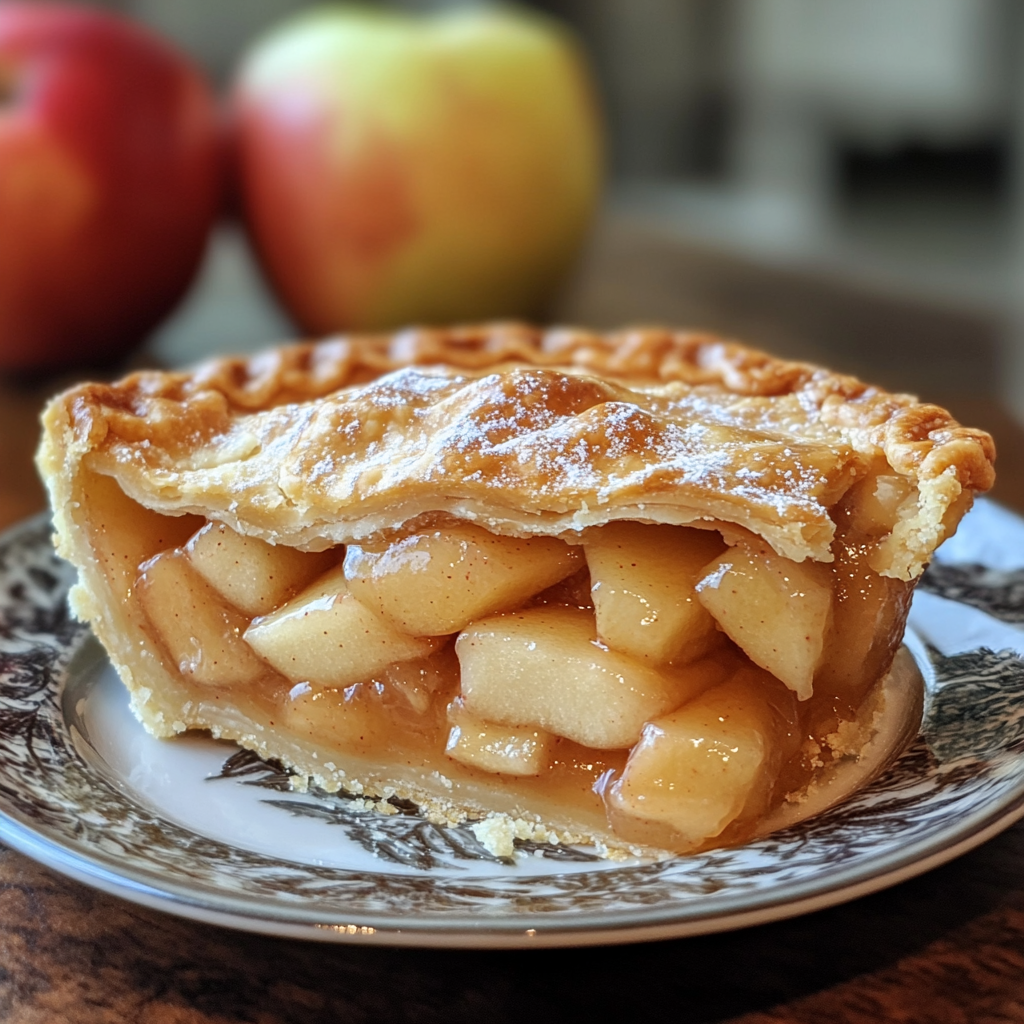
A pie | Source: Midjourney
His eyes lit up as he stared at the pie, almost as if he couldn’t believe it was real. Slowly, he took a slice and bit into it.
“This is the best pie I’ve ever had,” he said between bites, crumbs falling from his lips.
I couldn’t help but smile, though my eyes grew misty. Watching him eat with such happiness reminded me of Henry, and how he used to look at me with that same kind of love and appreciation.

A happy boy | Source: Midjourney
As Jimmy devoured the pie, I sat quietly, thinking about how something so simple could mean so much. My mind drifted to Henry, and for the first time in years, the pain in my heart didn’t feel as sharp.
Maybe, just maybe, this was Henry’s way of sending me a message. Perhaps love and kindness weren’t meant to stay bottled up in grief. They were meant to be shared, to bring light into the lives of those who needed it most.
Watching Jimmy finish the last bite, a deep sense of peace washed over me. It felt as if, in some strange way, Henry had brought Jimmy into my life.
I reached out and ruffled his hair gently. “You don’t have to worry anymore, Jimmy. You’ll always have a place to come to now.”

A happy woman | Source: Midjourney
Single Dad Struggles Raising Triplets, One Day Finds Out They Aren’t His
The first anniversary of Kyra’s death. It’s hard to believe a whole year has passed since that terrible night when I lost her. It was also the day I became a single father to triplets.
The kids and I visited her grave that day. I didn’t know if the boys understood where we were or why we came here, but I wanted them to grow up knowing about their mother.
Her memory needed to live on, even if she wasn’t here anymore.

A young woman | Source: Midjourney
But as we approached the grave, I noticed someone already standing there. He was an older man, burly and broad-shouldered, with a face I didn’t recognize.
I slowed my steps, trying to place him, but no memory came to mind.
“You must be Jordan,” the man said, turning to face me. “I’ve been waiting for you. My name’s Denis. I’m from Chicago… Kyra’s ‘old’ pal.”
I stiffened at his words. Kyra never mentioned Denis to me, let alone someone from Chicago.
And “old pal”? That felt odd.
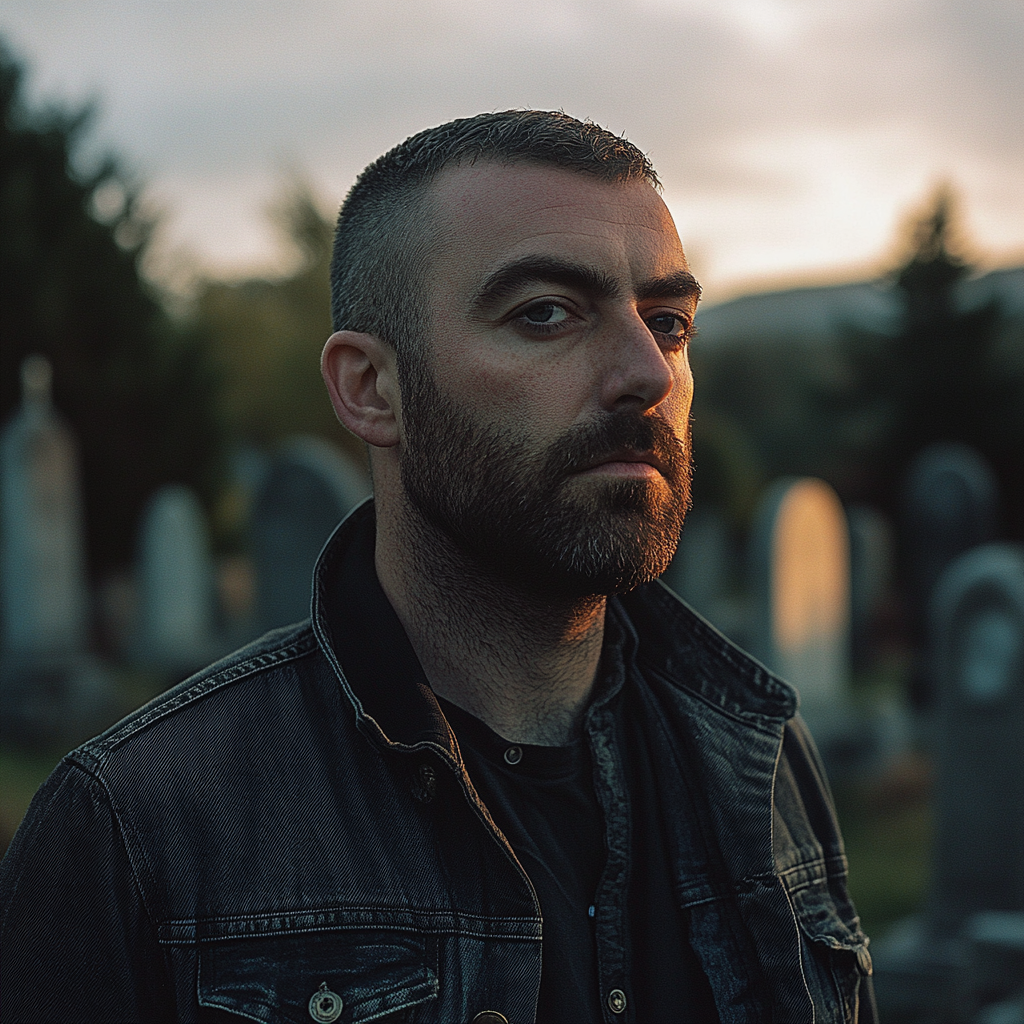
A man in a graveyard | Source: Midjourney
“Nice to meet you, Denis,” I replied cautiously. “But I don’t think I know you. We’ve never met before, have we?”
“No, not really,” Denis admitted. “I just got to Manhattan recently. I heard about…” His voice trailed off as his gaze shifted to the boys. “May I see them? If you don’t mind?”
Something about his request made me uncomfortable. I tightened my grip on the stroller handle and forced a polite smile.
“They’re just babies,” I said lightly, hoping he’d drop it.
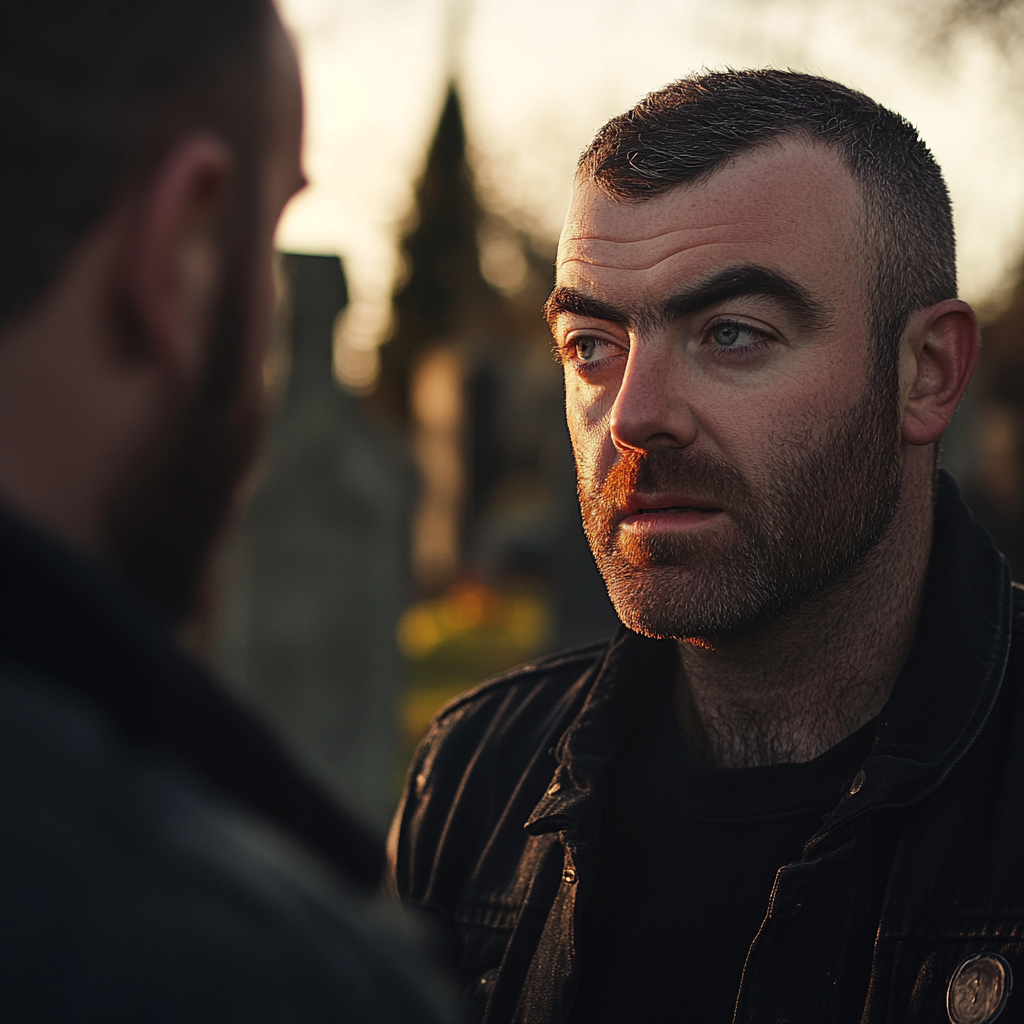
A man talking to another man | Source: Midjourney
Denis seemed to take the hint, but instead of stepping back, he leaned forward to get a better look.
“They’re angels,” he murmured, his voice almost reverent. Then he said something that made my stomach turn.
“They have my nose… and my eyes,” he blurted out, almost to himself. “The chestnut hair, those big lashes… I had them when I was their age.”
I froze, unsure if I had heard him right.
Then he looked up at me. “I know this might sound crazy, but I’m the boys’ real father.”

A mature man talking to a young man | Source: Midjourney
“What?” I blurted out. “Excuse me?”
“I know this is a lot to take in,” Denis said quickly. “But it’s true. Kyra and I… we had a relationship before she met you. I made mistakes back then, and they’ve haunted me ever since. I’m here to set things right. I want to take the kids. They’re my sons.”
“Are you out of your mind?” I snapped, my hands tightening on the stroller. “Get out of here before I call the cops.”
Denis held up his hands, trying to calm me. “Wait, just listen. I’ll give you $100,000. Take the money and let me take them.”

A man talking to a younger man | Source: Midjourney
I couldn’t believe what I was hearing.
“You’re insane,” I spat, turning away.
But Denis wouldn’t let it go. He handed me a business card and said, “Think about it. Call me when you’ve made up your mind.”
And with that, he walked away, leaving me standing there, shaking with anger and confusion.
Back home, I couldn’t get Denis’s words out of my head. They played on a loop, making me question everything I thought I knew.

A tensed man | Source: Pexels
Kyra and I met at a club, and things moved fast. Too fast, maybe.
After only a month of dating, she told me she was pregnant. I was shocked, but I loved her. At least, I thought I did.
Looking back now, though, I started to wonder. Was it all too convenient? Had she lied to me?

A woman looking straight ahead | Source: Midjourney
We got married in a quiet ceremony, just the two of us and a couple of witnesses. I remember asking her why her family wasn’t there. She said her parents were dead, and that was the end of the conversation.
I didn’t push her for details because I trusted her.
But now, that trust felt misplaced. As I sat in the kitchen, staring at the wedding ring I still wore, I felt like my entire life with Kyra had been a lie.

An upset man | Source: Pixabay
The memories came flooding back, uninvited. I thought about the night she died.
It was raining, and I had been pacing by the window, waiting for her to come home. She wasn’t answering her phone, and I had a sinking feeling something was wrong.
When the call finally came, it wasn’t Kyra. It was the police telling me she’d been in an accident.
By the time I got to the hospital, she was gone.

A car in the rain | Source: Pexels
That night broke me. I didn’t know how I’d go on, how I’d raise the kids without her. But I didn’t have a choice. I had to push through the grief and focus on the babies.
They became my world, my reason to keep going. But now, thanks to Denis, I was questioning everything. Were they even mine?
The next morning, as I made breakfast for the boys, I couldn’t shake the doubt. Kyra had kept secrets from me. I knew that now. But how many? And how deep did they go?
For the first time in a year, I felt anger toward her. How could she do this to me? To us?
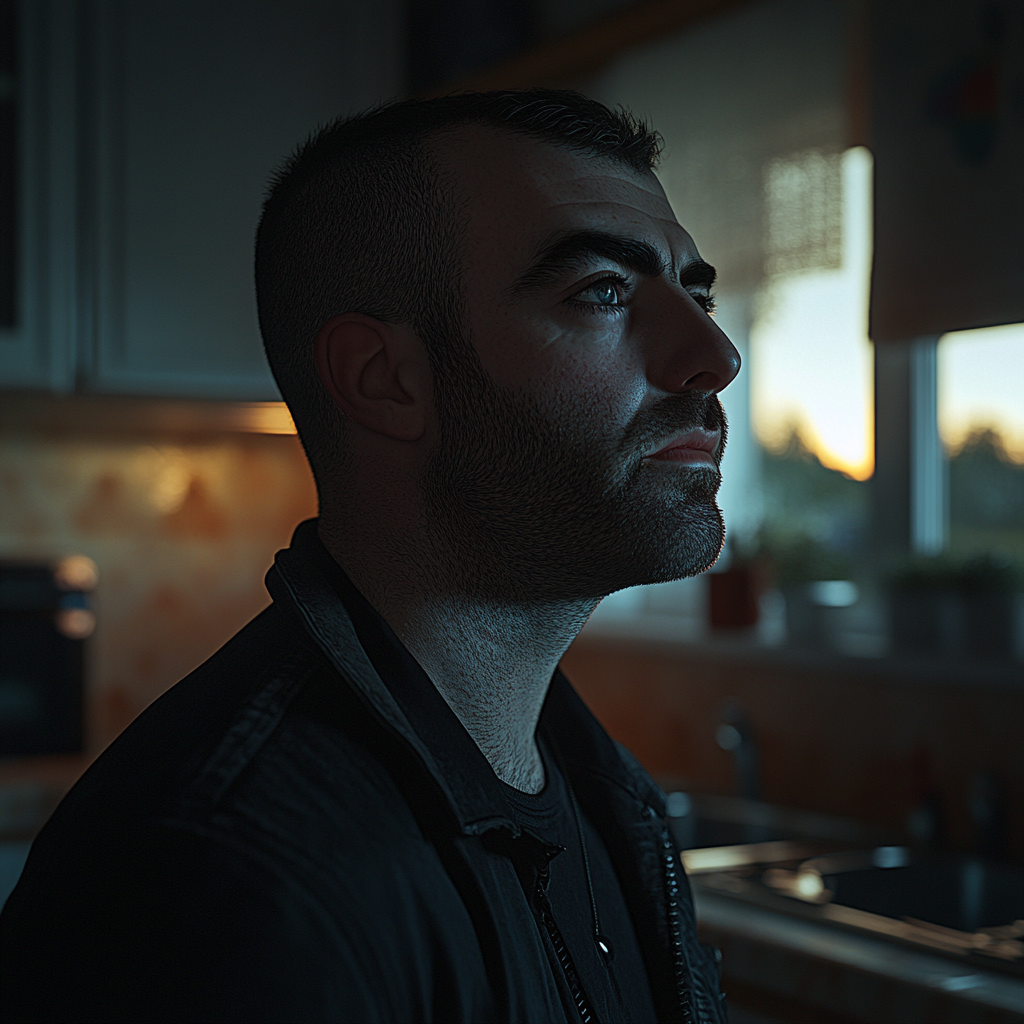
A man thinking about his wife | Source: Midjourney
Later that day, after returning from work, I went straight to my bedroom. I didn’t check on the boys like I usually did.
My mind was a storm, and all I could think about was Denis’s card.
I needed to know the truth.
I found the card tucked in my wallet. My heart was heavy, and when I finally left my room, I saw Alan, Eric, and Stan reaching out to me from their playpen.
“Da-Da,” Alan babbled, his chubby arms waving for me to pick him up.

A little boy | Source: Pexels
My knees buckled. I sank to the floor, tears streaming down my face.
“How could I even think about abandoning you?” I choked out, clutching the card. “You’re my everything. I can’t lose you. I just can’t.”
I held them close for a long moment before shakily dialing Denis’s number. It felt like an eternity before he answered.
“Hello?” came his voice, calm and expectant.
“It’s me, Jordan,” I said, my voice trembling.
“Ah, Jordan! I was waiting for your call. So, what have you decided? When can I meet you to finalize everything?”

A man talking on the phone | Source: Midjourney
I gripped the phone tightly, forcing myself to stay calm.
“Denis, I can’t do it. I’m sorry, but I’m their father. I may not be their biological father, but I’ve raised them. They’re my boys. I can’t imagine life without them.”
Denis sighed heavily. “I understand this is hard to process. But please… I have a right to be part of their lives.”
There was silence on the line before he said something I’ll never forget.
“I’m their grandfather,” he cried.
I froze. “Grandfather?”

A man using his phone | Source: Pexels
“Yes,” Denis said, his voice tinged with regret. “There’s more to this story. Can we meet? I need to explain everything. You deserve to know the truth, Jordan.”
Something about his tone caught me off guard.
“Alright,” I said cautiously. “Come over tomorrow. But this doesn’t mean I’m agreeing to anything.”
The next evening, Denis arrived carrying several boxes.
“Just some things for the boys. Sweaters, diapers, blankets,” he said with an awkward laugh.
I let him in, keeping my distance as he placed the boxes by the door. He glanced at the empty crib, understanding I had taken precautions to keep the boys out of sight.
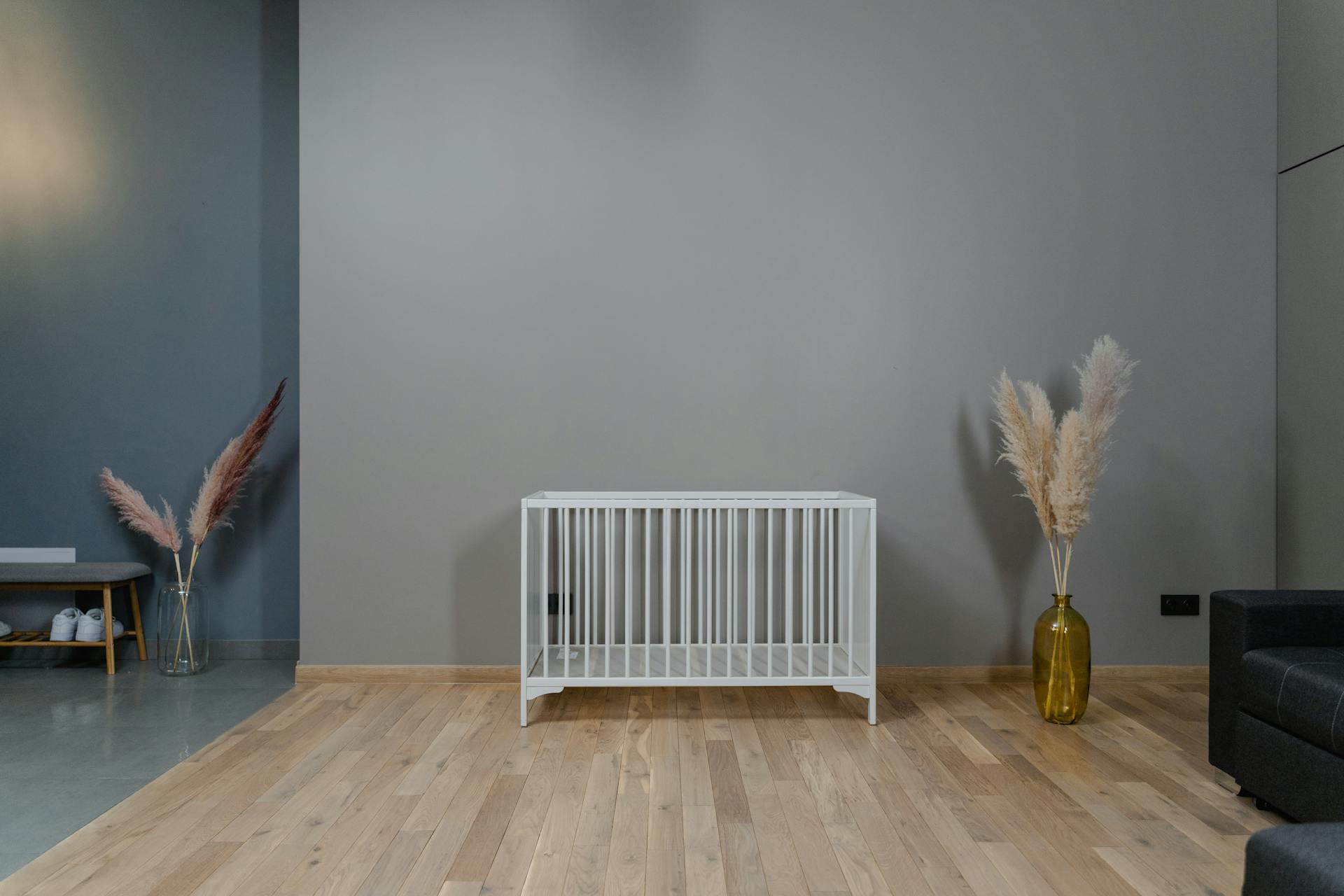
An empty crib | Source: Pexels
“So, what is it?” I asked, folding my arms. “What more did you want to share? And why did Kyra tell me that her parents were dead?”
Denis sighed, running a hand over his face.
“She said that because I failed her. After my wife died, I raised Kyra alone. I gave her everything, but I pushed too hard. She rebelled, got involved with the wrong people. When I tried to send her to rehab, she refused, and things spiraled. I kicked her out, thinking she’d come back when she hit rock bottom. But she never did.”

A woman walking on a street | Source: Pexels
He wiped his eyes, his voice breaking. “I didn’t even know she had children, let alone that she was married, until her friend Amy told me recently. She said Kyra confided in her, afraid you’d leave if you knew the truth.”
“What truth?” I asked, my voice sharp.
“She wasn’t sure who the father was,” Denis admitted. “She’d dated a few men before she married you. But, Jordan, it doesn’t matter. You’ve raised them. You’ve loved them. That makes you their father.”

An old man touching his face | Source: Pexels
I stared at him, my emotions tangled.
Finally, I said, “You’re right. They are my boys. But if you want to be in their lives, we’ll do it on my terms. They’ll know you as their grandfather, nothing more.”
Denis nodded, tears streaming down his face. “Thank you, Jordan. I just want to make things right. I failed my daughter, but I won’t fail my grandsons.”
With time, Denis became a part of our family, visiting often and eventually moving in to help with the boys. Together, we worked to give Alan, Eric, and Stan the love and stability they deserved.

For illustration purposes only | Source: Getty Images
A Year after Son’s Death, Woman Sees Grave of Her Daughter-In-Law at the Cemetery
Christopher was only 27 when I lost him.
One moment, I had a son full of life, and the next, he was gone. It was a tragic accident that shattered my world. The grief consumed me, and my body and mind couldn’t cope.
I spent a year in a clinic, trying to put the pieces of my broken heart back together. But even a year later, I felt as if I were still trapped in an endless abyss of sorrow.

A woman crying | Source: Pexels
Today, I traveled hundreds of miles to visit his grave. It was my first trip back to the city where Christopher had lived, worked, and… died.
As I stepped off the metro and into the bustling crowd, the weight of my loss pressed down on me harder than ever.
I gripped the bouquet of white lilies tightly as I navigated the station. Then, through the crowd, I spotted a familiar figure.
Harper. My daughter-in-law.

A woman standing at a subway station | Source: Pexels
“Harper?” I called out, my voice trembling.
She was walking ahead of me, her brown hair tied in the same ponytail I had seen so many times. She turned slightly, and I felt certain it was her.
“Harper!” I called again, quickening my pace. I caught up to her and tapped her shoulder. “Harper, wait!”
The woman turned around, and for a second, I was stunned. It was her. Or at least, it looked just like her.
But she brushed my hand away and frowned. “I’m not Harper. You’ve got the wrong person, lady.”
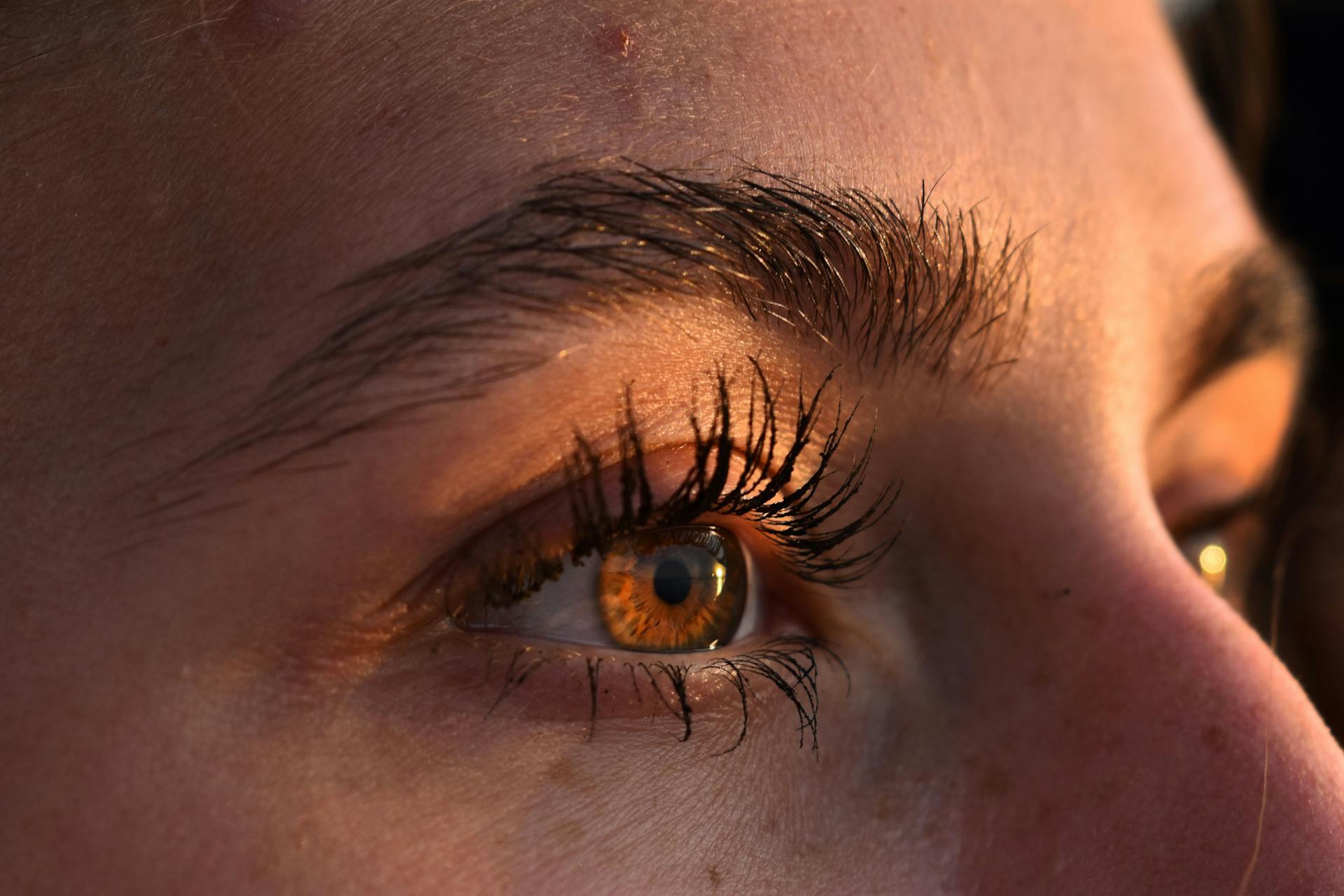
A close-up shot of a woman’s eyes | Source: Pexels
Before I could say another word, she hurried off into the crowd, leaving me stunned.
How could it not be her? The same hair, the same eyes… even her voice was the same. But why would Harper ignore me?
Shaking off the unease, I hailed a cab and headed to the cemetery. The encounter haunted me during the ride, but I pushed the thoughts aside.
When we arrived, I told the driver, “Please wait here. I won’t be long.”
With trembling hands, I entered the cemetery, my heart heavy as I approached Christopher’s grave.

A cemetery | Source: Pexels
I knelt down, laying the lilies gently on the grass.
“Oh, Christopher… Mama’s here,” I whispered, my voice breaking as I touched his name etched in the stone.
But as I wiped my tears, something caught my eye. A fresh grave beside his. The name on the headstone stopped me cold: “In Loving Memory of Harper.“
My breath hitched. Harper? Gone? But if she had passed away, then who was the woman at the subway?
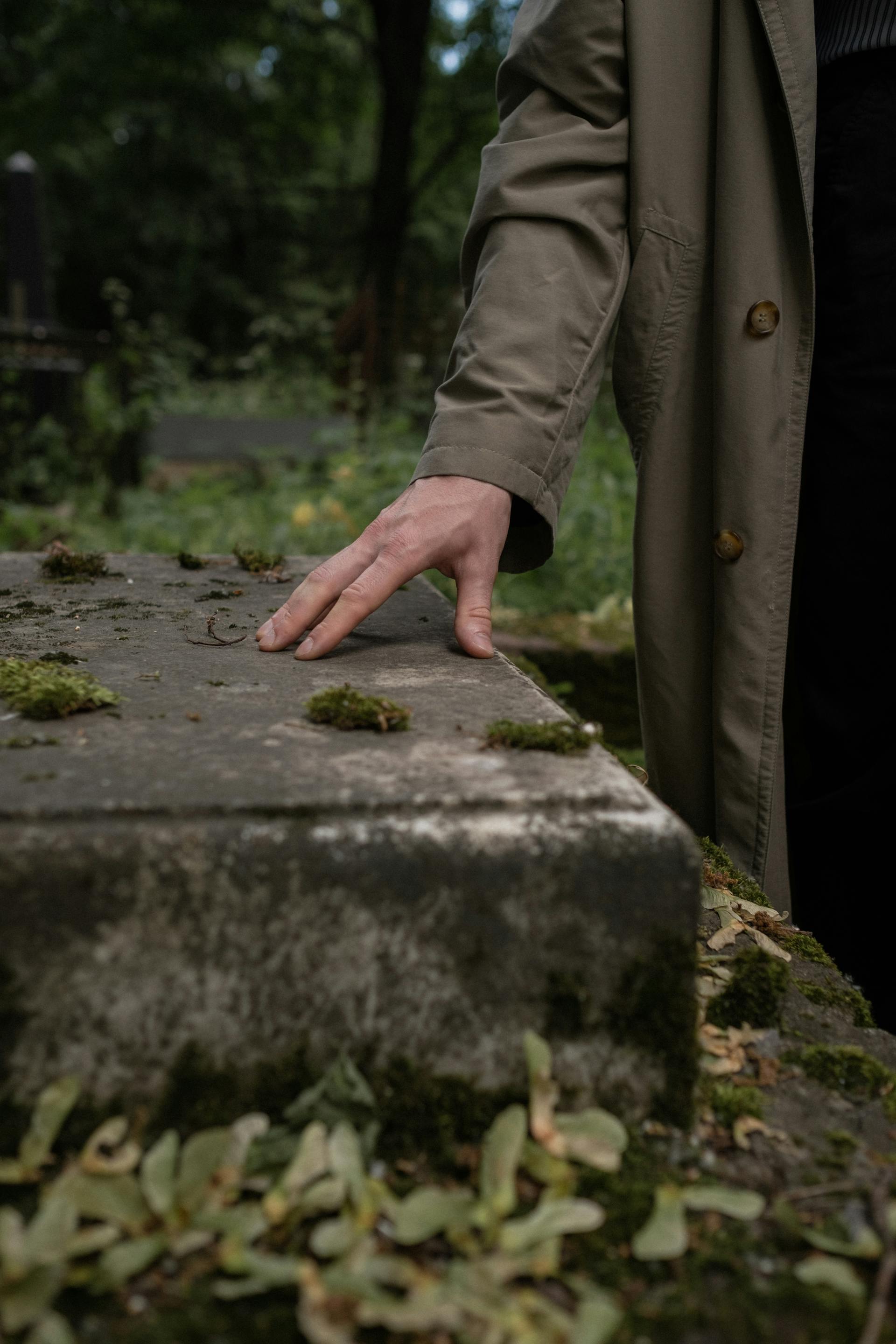
A person’s hand on a tombstone | Source: Pexels
Suddenly, the sound of raking leaves startled me. I turned to see the cemetery’s groundskeeper working nearby.
I stood up and approached him, desperate for answers.
“Excuse me,” I said. “Can you tell me about the funeral that took place here last week? For Harper?”
The man paused, lighting a cigarette. He exhaled a puff of smoke before replying.
“Yeah, I remember. It was… odd. There weren’t any mourners. Just the funeral staff. They brought the coffin, buried it, set up the headstone, and left.”

An older man looking straight ahead | Source: Pexels
“No family? No friends?” I asked, frowning.
He shook his head. “Not that I saw. I live here, work here all day. Nobody’s visited the grave since.”
“Thank you,” I murmured, turning away. My heart sank further. Why would Harper’s funeral be so lonely?
I needed answers. Christopher’s best friend, Jake, had been close to them. Maybe he knew something. I called him immediately, and he agreed to meet me at his home, a few hours away.
When I arrived, Jake looked frazzled. His suitcase was packed, and it was clear he was preparing to leave town.

Suitcases in a house | Source: Pexels
“Are you moving?” I asked, raising an eyebrow.
“Yeah,” he admitted. “Tomorrow morning. I’m getting out of here. Too much of a mess to stick around.”
“What mess?” I pressed, stepping inside.
Jake hesitated but finally sighed.
“It’s about Christopher’s company. After he passed, things fell apart. We were barely staying afloat. And then… Harper…”
“What about Harper? Jake, I just found out she passed away! Nobody told me. What happened to her?”

A woman in a living room | Source: Midjourney
Jake hesitated, his face darkening. “After Chris died, Harper inherited the company. She didn’t know how to run it, so I stepped in. Things were tough, but we tried to save it. Harper had this idea to take out a massive loan to revive the business.”
I furrowed my brow. “I thought she wasn’t involved in the business?”
“She wasn’t… until we were desperate. She convinced us it was the only way. But last week, Harper withdrew all the money from the company account. Five million dollars. And disappeared.”
“What?” I gasped, unable to believe it.

A woman talking to her son’s friend in his house | Source: Midjourney
Jake nodded grimly. “The police started looking for her. Then they found her car at the bottom of a cliff. It had burned in the crash. Her body was… unrecognizable. All they found was her gold ‘H’ pendant and burned money.”
My knees felt weak. “Oh my God… she stole the money? But why? None of this makes sense.”
“I understand your confusion,” Jake said. “I don’t know why she did it, but she did get a dignified funeral. Many guests attended and everyone grieved her tragic death…despite the wicked thing she did to all of us.”
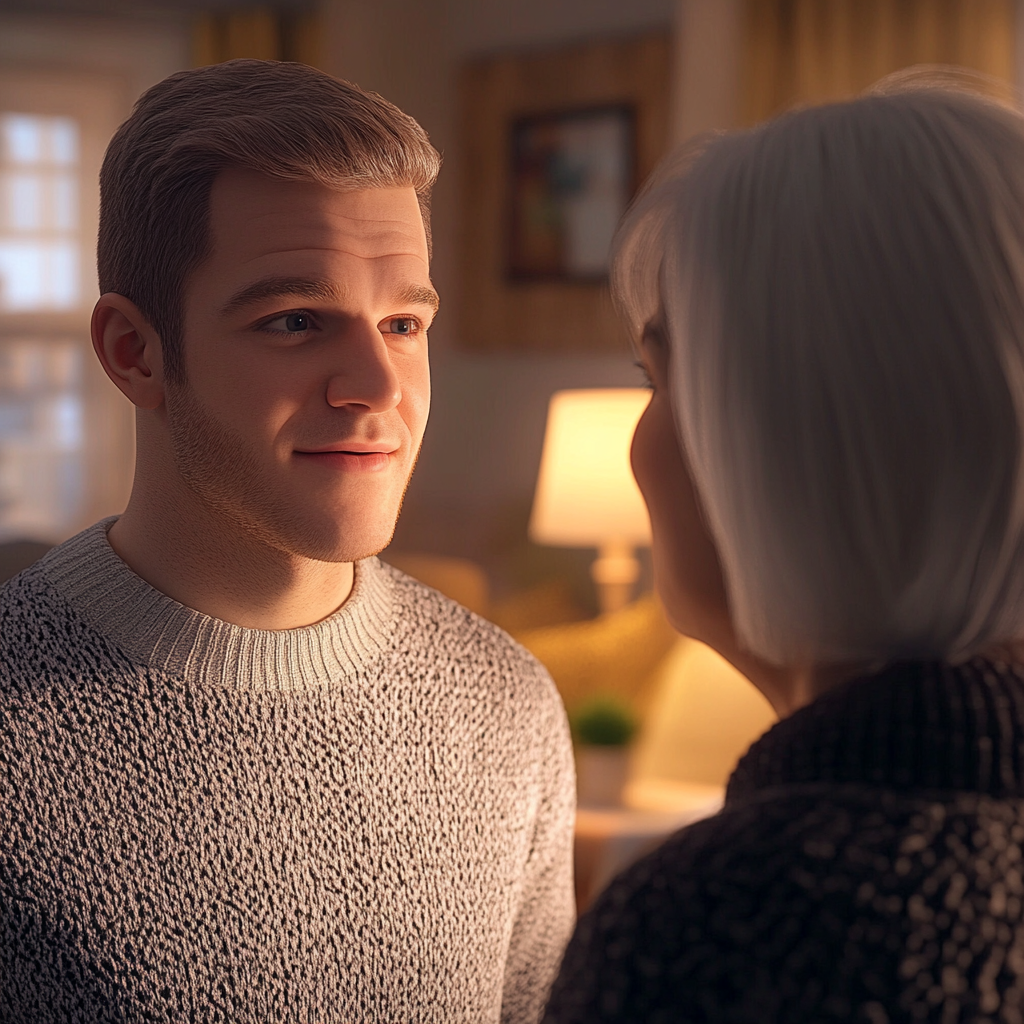
A man talking to an older woman | Source: Midjourney
Harper’s funeral? I thought.
The cemetery groundskeeper had told me nobody attended Harper’s funeral. But Jake’s story doesn’t match with his.
Something wasn’t adding up.
“When’s your flight?” I asked, keeping my tone casual.
“Tomorrow morning, 6:30,” Jake replied, glancing at the clock on the wall.
“Do you mind if I stay here tonight?” I asked, trying to sound weary. “I don’t want to book a hotel. I’m too drained.”
He hesitated for a moment, his eyes narrowing as if calculating something. But then he nodded. “Sure. Make yourself at home.”

A young man talking to his friend’s mother | Source: Midjourney
I thanked him and waited for the house to fall silent.
Around midnight, I crept into the living room where Jake had left his suitcase. My hands trembled as I unzipped the bag, terrified that he might wake up and catch me.
But I had to know.
Inside, I found the usual clothes and toiletries, but then my fingers brushed against something hard. My breath hitched as I pulled out two passports.
The first one froze me in place.

A person taking a passport out of a bag | Source: Pexels
It was Harper’s photo. Except the name on the passport wasn’t Harper. It was Sarah.
My heart pounded as I flipped to the second passport.
It was Jake, but under a different name: John.
My pulse raced as I dug further, uncovering two plane tickets to London under their fake names. Everything clicked in an instant.
Harper wasn’t dead. She and Jake had staged her death, stolen the money, and planned to vanish.
I quickly put everything back as I’d found it and returned to my room, though sleep was impossible. My mind raced with what to do next.

A close-up shot of an older woman’s eyes | Source: Pexels
The next morning, I greeted Jake in the kitchen as if nothing had happened.
“Good morning! I made breakfast,” I said, handing him a glass of orange juice.
“Thanks,” he mumbled, sipping the juice. “This is nice of you.”
I watched him closely as he took another sip, and within twenty minutes, he was out cold on the couch. The sleeping pills I’d slipped into his drink had done their job.
Now, I just had to wait for Harper.
At exactly 5:30, Jake’s phone buzzed. The caller ID read Sarah. I didn’t answer, but soon after, a text came through.

A phone on the table | Source: Pexels
Why aren’t you answering? I’m on my way. Be ready. Our flight’s in a few hours.
I smiled grimly and waited by the window.
Thirty minutes later, a taxi pulled up, and Harper — or should I say, Sarah — stepped out. She glanced around nervously before walking to the door.
The moment she stepped inside, I quietly shut the door behind her.
“Jake? Are you ready?” she called out, but before she could take another step, I emerged from the shadows.
“Looking for someone, Harper?” I asked, my voice icy.

A woman standing near a window | Source: Midjourney
She froze, her face draining of color. “Brenda? What are you—”
Before she could finish, the police sirens outside silenced her.
“They’re here for you,” I said coldly, stepping aside as officers burst through the door.
Harper and Jake were both arrested on the spot. At the station, Harper cracked under pressure, confessing everything.
“We bribed someone at the morgue to steal a homeless woman’s body,” she admitted, her voice shaking. “We dressed it in my clothes and planted my necklace. Then we set the car on fire and pushed it off the cliff. It was the perfect plan… until now.”

A woman being interrogated | Source: Pexels
“And the money?” the detective pressed.
“It’s in offshore accounts,” she muttered.
The truth was out, but I wasn’t relieved.
Christopher had worked hard to build his company, and Harper had destroyed it. My son deserved better than to have his memory tarnished by betrayal.
If you enjoyed reading this collection, here’s another one you might like: Heartbreak can leave lasting scars, but sometimes fate has a way of rewriting the past. These three true stories reveal life’s turns, leading to unexpected reunions, long-lost loves, and the revelation of deeply buried secrets.
This work is inspired by real events and people, but it has been fictionalized for creative purposes. Names, characters, and details have been changed to protect privacy and enhance the narrative. Any resemblance to actual persons, living or dead, or actual events is purely coincidental and not intended by the author.
The author and publisher make no claims to the accuracy of events or the portrayal of characters and are not liable for any misinterpretation. This story is provided “as is,” and any opinions expressed are those of the characters and do not reflect the views of the author or publisher.
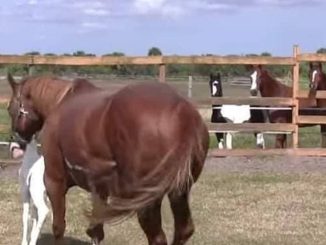
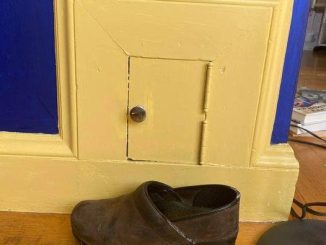

Leave a Reply